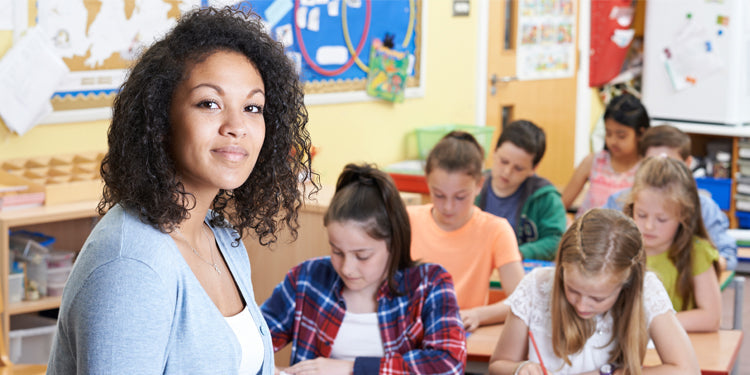This is another post in our series on the role of parental involvement in children's literacy , which presents ideas for Family Literacy Workshop activities taken from Family Literacy Workshops for Preschool through Grade 6: A Research Based Approach , and offers free activity downloads and further instruction on how to hold successful family literacy workshops at your school and tips for taking literacy home. You can see the earlier posts here .
The workshop ideas presented in this post and the last and next family literacy posts will help parents learn new skills in order to increase their child’s oral language development through structured and unstructured activities.
Talking Together
 Explain to parents that oral language is the foundation of reading and writing. Oral language is developed through the introduction and use of vocabulary that children do not already know or use frequently. We must think about the vocabulary we use with children and how we explain unfamiliar words. Here are some tips you can give parents to help support their children's oral language development:
Explain to parents that oral language is the foundation of reading and writing. Oral language is developed through the introduction and use of vocabulary that children do not already know or use frequently. We must think about the vocabulary we use with children and how we explain unfamiliar words. Here are some tips you can give parents to help support their children's oral language development:
Restating What Your Child Said
This is something parents should be encouraged to do whenever possible. When their child says something, the parent can restate what the child said using more sophisticated vocabulary. For example:
— The child says, “It is cold out tonight.” The parent can say, “Yes, it is cold tonight. Another word for cold is chilly.”
— The child says, “I am very, very hungry.” The parent can say, “When you are very, very hungry, that means you are famished or starving.”
Talking During Ordinary Activities
Sometimes when we are making dinner or shopping at the grocery store, we are distracted and do not talk much with our child. One of the best ways to teach new vocabulary, especially to young children, is to describe the task we are doing or the things that we are seeing. Parents can do this by describing how they are making dinner, making sure to tell children what each ingredient is called and the methods used to cook the food. Here are some things that parents could talk to their child about at the grocery store:

— The colors and shapes of the vegetables: “This is a yellow banana. It is long and skinny and curves a little. Here is a red onion. It is shaped a little like a circle.”
— Reading the text on boxes. Parents can point to a box, identify each letter, and then read the text to their child. If the child is older, the parent can ask the child to read the text out loud. Young children can be encouraged to point out symbols, print, and other things that they recognize in the environment.
Today's downloadable take-home activities are more things that parents can do with their children at home. They make good "training wheels" to get parents in the habit of talking to their children in ways that will increase children's oral vocabulary and the language structures to which they have access:
A Moment in Time
— Parent and child will tell each other stories about themselves, drawing on different types of experiences: embarrassing stories, interesting events, happy or sad moments, etc.
— Skills addressed: listening and speaking strategies.
Cooking with Kids
— This activity uses an everyday activity to demonstrate how rich oral language interactions can take place all the time.
— Skills addressed: reading comprehension; listening and speaking strategies
~~~
Below is the reproducible activity sheet to download , which contains two take-home activities for parents to complete with their children: Remember to check back frequently for another post on Family Literacy!
- Tara Rodriquez





















































